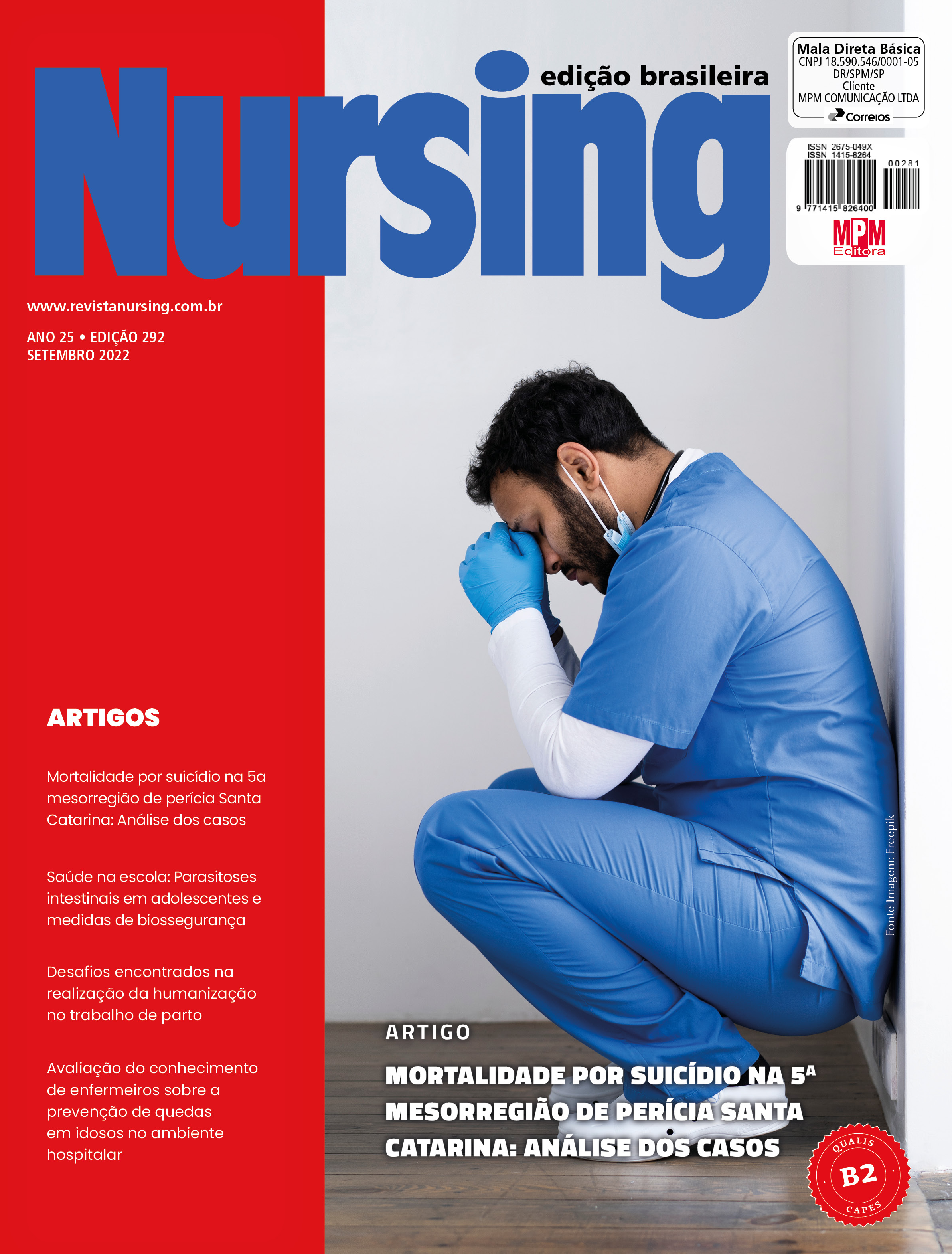Impact of the COVID-19 pandemic on the prevalence of prematurity cases
DOI:
https://doi.org/10.36489/nursing.2022v25i292p8646-8661Keywords:
COVID-19, Premature Newborn, Premature Birth, Premature Birth;, Premature Labo, Prevalence studiesAbstract
Objective: to analyze the prevalence of prematurity in the context of the pandemic. Method: a cross-sectional, retrospective and descriptive study, carried out at a reference maternity hospital in the state of Piauí. Results: 46.7% of the medical records were from 2020 and 53.3% from 2021. There were 79% for singleton pregnancy, cesarean delivery 59.1% and clear amniotic fluid 53%. The clinical profile of the NB in relation to sex, 47% were female and 35% male. Averages: weight of 2462g, head circumference 34.36cm, thoracic circumference 32.58cm, and length of 48.02cm. Considering this analysis, in 2020 and 2021, 21.1% of newborns with gestational age were identified as prematurity at birth, and 78.9% with gestational age within the values for post-term. Conclusion: Prematurity rates are higher than expected (21.1%), new research with more important samples and better method design are necessary to broaden the scope of the discussion.








